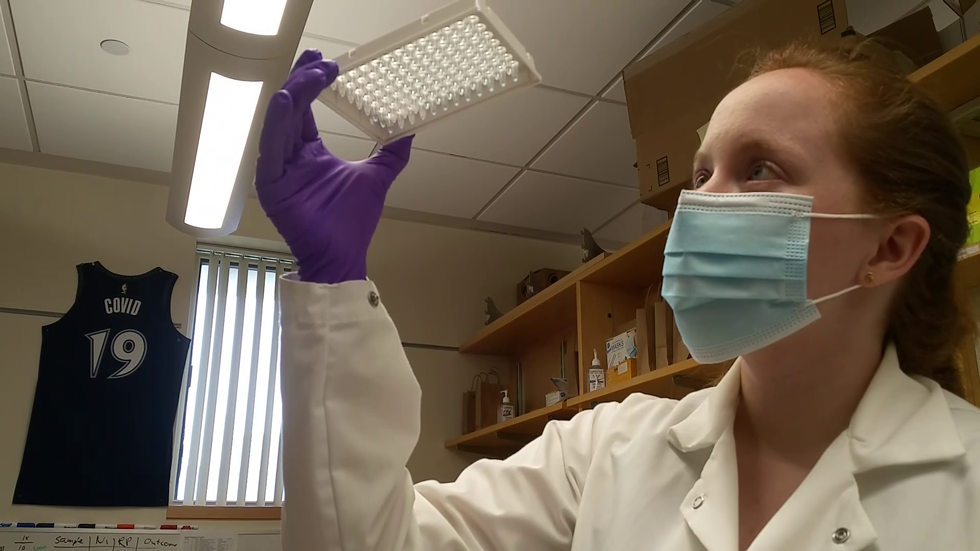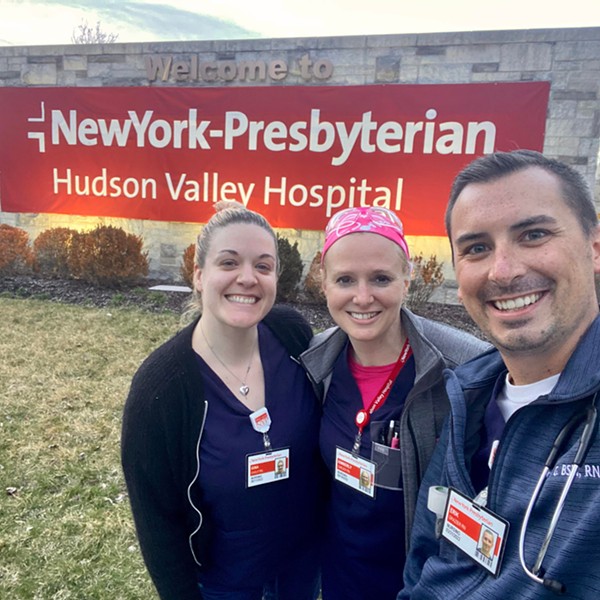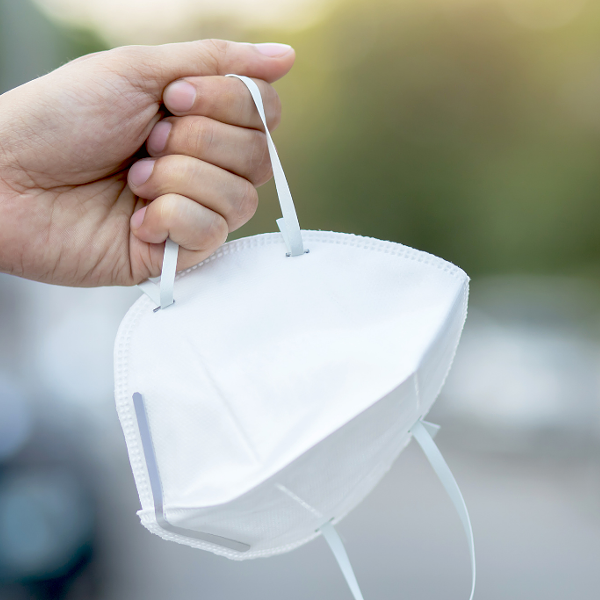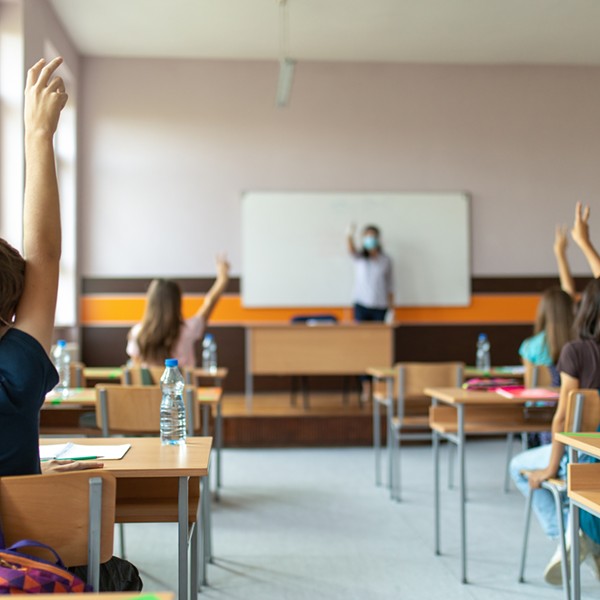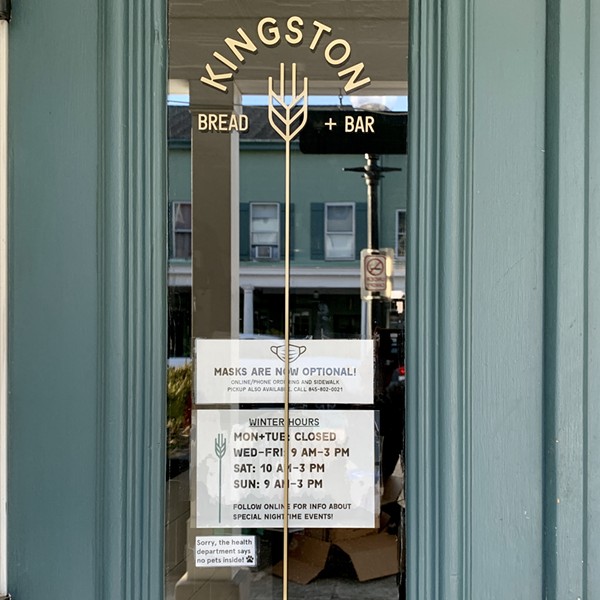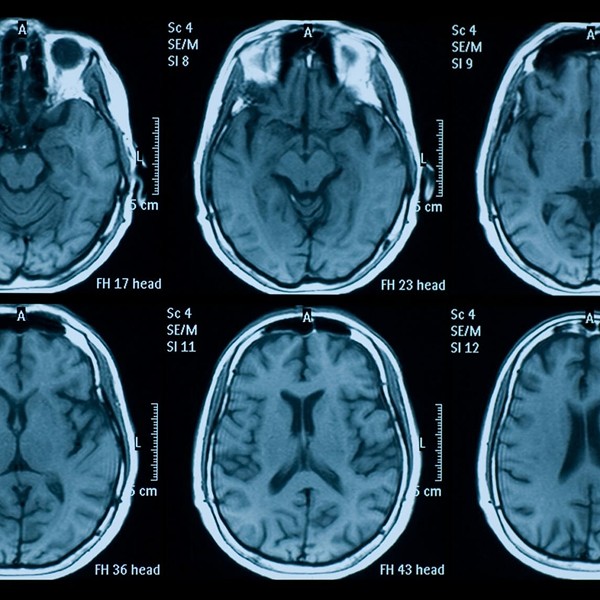This is a roundup of coronavirus news and announcements from New York State and Hudson Valley and Catskills counties for Saturday, September 5 through Monday, September 7.
NEW YORK STATE
440,021 cases confirmed (520 new)
8,855,109 tests performed (58,865 new)
Positive test rate: 0.88%
25,361 deaths (2 new)
413 current hospitalizations
115 current ICU admissions
New York State coronavirus page
New York State official pressroom
Hotline: (888) 364-3065
Coming soon: A promise from drugmakers not to cave to political pressure. A group of top pharmaceutical companies in competition to develop a COVID-19 vaccine are pledging not to sacrifice safety for speed, and plan to issue a joint statement on Tuesday. The group includes Pfizer and Moderna, the two US companies whose vaccine candidates have advanced to Phase 3 trials. It’s an unusual action for the industry, and a sign that the nation’s top pharmaceutical companies are worried about the Trump administration’s insistence that there will be a vaccine before the November election. There’s a lot on the line for the vaccine-makers, as the first to develop an effective vaccine will reap tremendous benefits. But if a vaccine is rushed to approval without adequate safety trials and proves to have dangerous side effects, its makers risk shattering public trust, prolonging the nation’s suffering, and—naturally—losing market share.
No matter what President Donald Trump says, it’s unlikely that a vaccine will be widely available in 2020. Even after a vaccine is approved, there are tremendous logistical challenges involved with getting it manufactured, distributed, and dispensed to the public. That’s dispiriting news, and with COVID-19 cases double what they were just before Memorial Day weekend and rising in almost half of US states, it’s likely to be a long and challenging winter. But the vaccine isn’t the only public health tool we have to keep the pandemic at bay, and in a few important areas, the nation is doing better now than it was when summer began:
Rapid testing. One of the most promising tools in the testing arsenal is less than a month old: SalivaDirect, an open-source testing protocol developed by Yale researchers and made freely available to any lab that wants to follow the Yale team’s recipe. The test is cheap, fast, relies on common reagents and equipment, and does not require a nasal swab. If saliva tests become widely available, they could dramatically increase the amount of routine testing done, catching more infections early and preventing them from becoming outbreaks.
Treatment. There’s no silver bullet against COVID-19, but with six months of experience under their collective belts, US doctors and medical researchers are gaining a better understanding of how to treat the virus. “Proning,” the practice of putting patients on their stomachs, is saving lives among the most critically ill, as is the use of steroid medication.
Masking. Face masks have become a divisive topic in American politics, and in lines for the cash register. But the fact is, they work, and as the pandemic wears on, they’re becoming less of an inflammatory issue. A study done by the Pew Research Center found that between June and August, mask-wearing went up from 65 percent to 85 percent nationwide, and the partisan gap between Democrats and Republicans on mask-wearing has narrowed.
College towns are the “new front” in coronavirus infection, The New York Times reports. The paper looked at 203 counties where college students make up more than 10 percent of the population, and found that half of them have seen their worst case numbers since August 1. Meanwhile, cases have been falling since July in counties with lower student populations.
In a tweet on Saturday, Nassau County Executive Laura Curran blamed a recent uptick in Long Island cases on students who are not physically on Long Island. “Over the last 7 days, 111 Nassau residents who are students at universities outside the County have tested positive, which counts toward our total,” Curran wrote. This matches up with The River’s observation that most of the cases in SUNY Oneonta’s ongoing outbreak, which has infected more than 600 students so far, are not being counted in Otsego County. And it raises a thorny question: If outbreaks are currently being driven by college students who are likely to be counted at their “home” addresses even while they are at school, is New York State’s data on positivity rates in counties and regions actually meaningful?
In the wake of the large outbreak at SUNY Oneonta and several smaller clusters of cases at other SUNY campuses, New York State has launched a dashboard for case data across all 64 colleges in the SUNY system. As of Monday evening, the dashboard reported 968 positive tests so far this semester, drawn from both on-campus testing and off-campus test results reported to campus administrators. The dashboard also reports two COVID-19 deaths in SUNY communities: an employee at the Fashion Institute of Technology, and a student at Rockland Community College. In a joint statement on Sunday, Governor Andrew Cuomo and new SUNY Chancellor Jim Malatras said that the dashboard would be updated every 24 hours.
The SUNY system’s largest outbreak, at SUNY Oneonta, continues to grow. As of Monday evening, the university was reporting 651 confirmed COVID-19 cases; more than 60 percent of the cases found across the 64-school SUNY system are from SUNY Oneonta. In-person classes at the university have been shut down for the semester, but there are still students on campus; some are isolating in dorm rooms after receiving positive results, others are quarantining because of potential exposures, and some are being given permission to live on campus for the semester. SUNY Oneonta is tracking cases and announcements on a COVID-19 page on their website.
A photo from Snapchat circulated on Twitter on Friday (warning: rude and crude language in link) of about a dozen allegedly COVID-19-positive SUNY Oneonta students in a quarantine dorm, crowded together for a gleeful, mask-free selfie. On Saturday, university president Barbara Jean Morris issued a statement referring to a “photo taken in one of our residence halls of students blatantly violating our strict safety protocols,” although it was unclear from the statement if Morris was referring to the photo on Twitter. “We are working to identify the students and will quickly issue disciplinary actions and possible suspensions. We will also step up our monitoring of these residence halls to prevent this behavior from happening again and to continue to protect the safety and health of our students.”
Congressman Antonio Delgado and Senator Kirsten Gillibrand visited Bethel Woods on Monday, in a push for the RESTART Act, a bill that would provide support for live music venues and small businesses. “Arts venues, restaurants, and tourist attractions across the Catskills and the state are suffering. These small businesses make New York a world-renowned entertainment destination and we must help them survive this economic crisis,” Gillibrand said in a statement. “The PPP program clearly did not work for those hit hardest by this crisis, but the RESTART Act would help fill the gaps and ensure they receive the support they deserve.”
Announced by New York State over the weekend:
- New York State has kept the number of COVID-19 tests coming back positive below one percent for a full month, Cuomo announced on Monday.
- A “SWAT team” deployed to offer free rapid testing in Oneonta in the wake of the SUNY Oneonta outbreak conducted 1,965 tests last week and found 91 positives, a rate of 4.6 percent. Most of the cases are between 18 and 24, and are connected with the college’s outbreak. New York State is lending Otsego County four rapid-result testing machines and providing test kits so the county can perform another 750 rapid tests over the next few weeks.
- Hospitalizations hit a new low in New York State on Sunday, Cuomo announced in a release. At 410, Sunday’s hospitalization rate was the lowest it has been in New York State since March 16.
Since mid-May, The River has been collecting and charting data on the number of active COVID-19 cases by county in the Hudson Valley and Catskills. Below is a Flourish animation we have compiled that shows the rate of active cases per 10,000 residents for each county over time, from May 12 through the present date.
LOWER HUDSON VALLEY
County coronavirus pages: Rockland, Westchester, Putnam
University coronavirus pages: Sarah Lawrence, Iona, SUNY Purchase, Manhattanville, Westchester Community College, Rockland Community College, Dominican, Mercy
School 17 in Yonkers will delay the start of online learning by one day after a staff member tested positive for COVID-19. According to Yonkers Public Schools Superintendent Edwin Quezada, the staffer alerted the district to the positive test on Saturday; the one-day delay will allow the district more time for contact tracing and to do supplementary cleaning of the building. The rest of Yonkers schools will begin remote instruction as scheduled on Tuesday.
MID-HUDSON VALLEY
County coronavirus pages: Orange, Dutchess, Ulster, Columbia
University coronavirus page: Bard, Vassar, Marist, SUNY New Paltz, SUNY Ulster, Columbia-Greene Community College, SUNY Orange
SUNY New Paltz reported two new student cases of COVID-19 on Monday, one a dorm resident and one off-campus. Both were already in quarantine because of a known contact with a positive case. So far this semester, eight members of the SUNY New Paltz community have tested positive, according to the university’s case dashboard.
News we missed on Friday: Orange County Health Commissioner Dr. Irina Gelman has issued an order requiring masks to be worn in all Orange County schools once they reopen during the pandemic.
The unemployment rate in Columbia County for July was 9.9 percent—the third-lowest county rate in the state, according to recent statistics from the Department of Labor, but up from 8.8 percent in June, and 3.8 percent in March.
CATSKILLS
County coronavirus pages: Sullivan, Delaware, Greene, Schoharie
University coronavirus pages: SUNY Cobleskill, SUNY Delhi, SUNY Sullivan
Four Schoharie County residents have tested positive for COVID-19 in the past week, according to New York State data. The Schoharie County Department of Health has not posted a new case update since August 21.
Greene County’s unemployment rate in July climbed to 12.6 percent, up from 11.4 percent in June, according to the latest Department of Labor statistics. The county had record lows of 3.6 percent unemployment in September and October of 2018, while the pandemic-induced peak came in April at 14.8 percent.
On-the-ground local reporting and analysis has never been more important, and that’s what The River aims to provide. But we need your help to continue the work we’re doing. Will you support our journalism today?
OF INTEREST?
The River has a guide on where, how, and when to get tested for the coronavirus in the Hudson Valley and Catskills. To read more of our coronavirus coverage, visit our coronavirus page.
The River is collaborating with WGXC to announce these updates over the air. To listen, tune in to 90.7 FM at midnight, 5am, 7am, or 9am, or visit the audio archive online.
La Voz, una revista de cultura y noticias del Valle de Hudson en español, está traduciendo estos resúmenes y co-publicandolos en su página web. Leyendo aqui. También puede escuchar actualizaciones diarias por audio en el show “La Voz con Mariel Fiori” en Radio Kingston.







